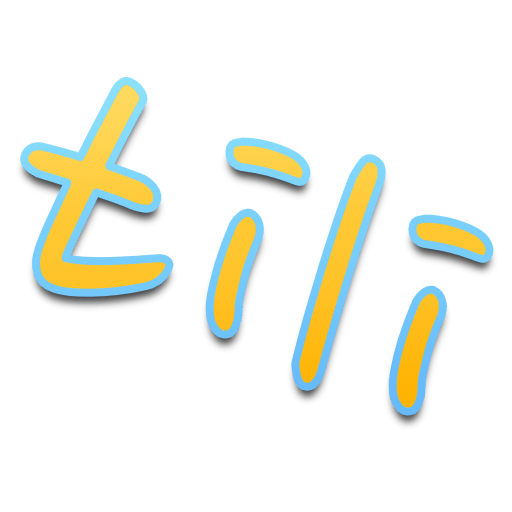Simple present continuous tense (osy shaq) of the Kazakh language
In the Kazakh language, the simple present continuous tense of the verb (osy shaq) unlike the past transitional (aýyspaly ótken shaq) is used when the action is happening at the moment, has a long duration, or is constantly repeated. Another form of the verb is called proper-present tense or obvious present tense . This form has simple and complex forms. Now we will talk about the simple form of the present continuous tense of the Kazakh language.
- Examples in simple present continuous tense
- Negation in the simple proper-present tense
- Interrogative form of the simple obvious present tense
Examples in simple present continuous tense
Simple present continuous tense of the verb (osy shaq) is formed by attaching one of the personal affixes -myn/-min, -syń/-siń, -syz/-siz, -myz/-miz, -syńdar/-sińder, -syzdar/-sizder to the base of auxiliary verbs otyrý (otyrýǵa), jatý (jatý), turý (turý), *júrý (júre) . The choice of affix depends on the person and number of the verb, as well as on the hardness or softness of the last syllable of the verb. *When conjugating the verb jatý for its root is taken form jatyr.
| Person | Number |
|---|---|
| 1st | Single |
| Men otyr-myn. | I’m sitting. |
| Plural | |
| Biz otyr-myz. | We’re sitting. |
| 2nd | Single |
| Sen otyr-syń. Siz otyr-syz. | You‘re sitting. You‘re sitting. |
| Plural | |
| Sender otyr-syńdar. Sizder otyr-syzdar. | You’re sitting. You’re sitting. |
| 3rd | Single |
| Ol otyr**. | He/She is sitting. |
| Plural | |
| Olar otyr**. | They‘re sitting. |
Read more about how to use auxiliary verbs.
Negation in the simple proper-present tense
Negative form of the simple present continuous tense of the Kazakh language is formed by attaching affixes –ma/-me to the the base of auxiliary verbs otyrý (otyrýǵa), jatý (jatý), turý (turý), *júrý (júre). For the correct formation of the verb after adding a negative suffix, need to add the adverbial affix -ı, because all negative particles end in a vowel. Then one of the personal endings -myn/-min, -syń/-siń, -syz/-siz, -myz/-miz, -syńdar/-sińder, -syzdar/-sizder.
| Person | Number |
|---|---|
| 1st | Single |
| Men otyr-ma-ı-myn. Men júr-me-ı-min. | I’m not sitting. I’m not going. |
| Plural | |
| Biz otyr-ma-ı-myz. Biz júr-me-ı-miz. | We’re not sitting. We’re not going. |
| 2nd | Single |
| Sen otyr-ma-ı-syń. Siz otyr-ma-ı-s-yz. Sen júr-me-ı-siń. Siz júr-me-ı-siń. | You’re not sitting. You’re not sitting. You’re not going. You’re not going. |
| Plural | |
| Sender otyr-ma-ı-syńdar. Sizder otyr-ma-ı-syzdar. Sender júr-me-ı-sińder. Sizder júr-me-ı-sizder. | You’re not sitting. You’re not sitting. You’re not going. You’re not going. |
| 3rd | Single |
| Ol otyr-ma. Ol júr-me. | She’s not sitting. He’s not going. |
| Plural | |
| Olar otyr-ma. Olar júr-me. | They’re not sitting. They’re not going. |
Interrogative form of the simple obvious present tense
In the the simple obvious present, questions are using negative particles -ma/-me, -ba/-be.
| Men otyrmyn ba? Men júrmin be? | Am I sitting? Am I going? |
| Biz otyrmyz ba? Biz júrmiz be? | Are you sitting? Are you going? |
| Sen otyrsyń ba? Sen júrsiń be? | Are you sitting? Are you going? |
| Siz otyrsyz ba? Siz júrsiz be? | Are you sitting? Are you going? |
| Sender otyrsyndar ma? Sender júrsinder me? | Are you sitting? Are you going? |
| Sizder otyrsyzdar ma? Sizder júrsizder me? | Are you sitting? Are you going? |
| Ol otyr ma? Ol júr me? | Is she sitting? Is he going? |
| Olar otyr ma? Olar júr me? | Are they sitting? Are they going? |
Rules for the formation of verbs of the complex present continuous tense (naq osy shaq) are constructed in a different way.


